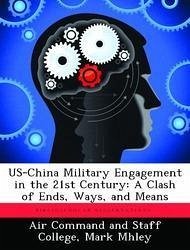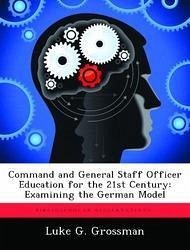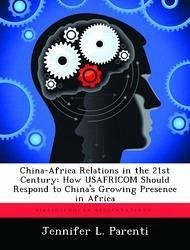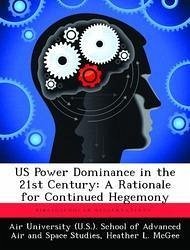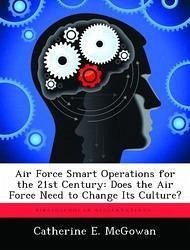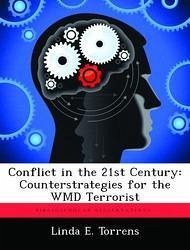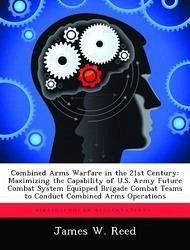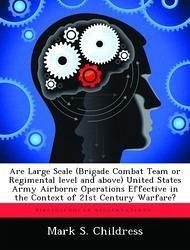Nicht lieferbar
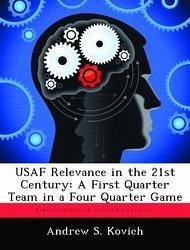
USAF Relevance in the 21st Century: A First Quarter Team in a Four Quarter Game
Versandkostenfrei!
Nicht lieferbar
The rise of terrorism by non-state actors as a primary threat to U.S. national security challenges the relevance of air and space power. This study first looks at the current and foreseeable security environment and identifies weak/failing states as the largest strategic threat to the United States since the Cold War. Next, the paper describes the culture of the U.S. military as a whole and assesses the relevance of the current American way of war to meeting the challenges of the weak/failing state security threat. If the military studied military operations other than war (MOOTW) lessons as m...
The rise of terrorism by non-state actors as a primary threat to U.S. national security challenges the relevance of air and space power. This study first looks at the current and foreseeable security environment and identifies weak/failing states as the largest strategic threat to the United States since the Cold War. Next, the paper describes the culture of the U.S. military as a whole and assesses the relevance of the current American way of war to meeting the challenges of the weak/failing state security threat. If the military studied military operations other than war (MOOTW) lessons as much as the combat lessons, they would see that the U.S. has always struggled with winning the peace in operations short of major combat. Third, the author examines how the United States Air Force's preferred way of war coupled with a service bias toward combat flying has manifested itself in a body of doctrine that limits the ability of the service to provide a stronger contribution to the nation. Just as the Air Force balanced the nuclear and conventional force structure in favor of conventional forces, the USAF must now think about tailoring its conventional forces for major combat operations to ones more suitable for MOOTW. Finally, the author provides recommendations for the Department of Defense in general and the USAF in particular, to transform educational and doctrinal thinking to embrace capabilities ready to respond throughout the spectrum of conflict. This work has been selected by scholars as being culturally important, and is part of the knowledge base of civilization as we know it. This work was reproduced from the original artifact, and remains as true to the original work as possible. Therefore, you will see the original copyright references, library stamps (as most of these works have been housed in our most important libraries around the world), and other notations in the work. This work is in the public domain in the United States of America, and possibly other nations. Within the United States, you may freely copy and distribute this work, as no entity (individual or corporate) has a copyright on the body of the work. As a reproduction of a historical artifact, this work may contain missing or blurred pages, poor pictures, errant marks, etc. Scholars believe, and we concur, that this work is important enough to be preserved, reproduced, and made generally available to the public. We appreciate your support of the preservation process, and thank you for being an important part of keeping this knowledge alive and relevant.






